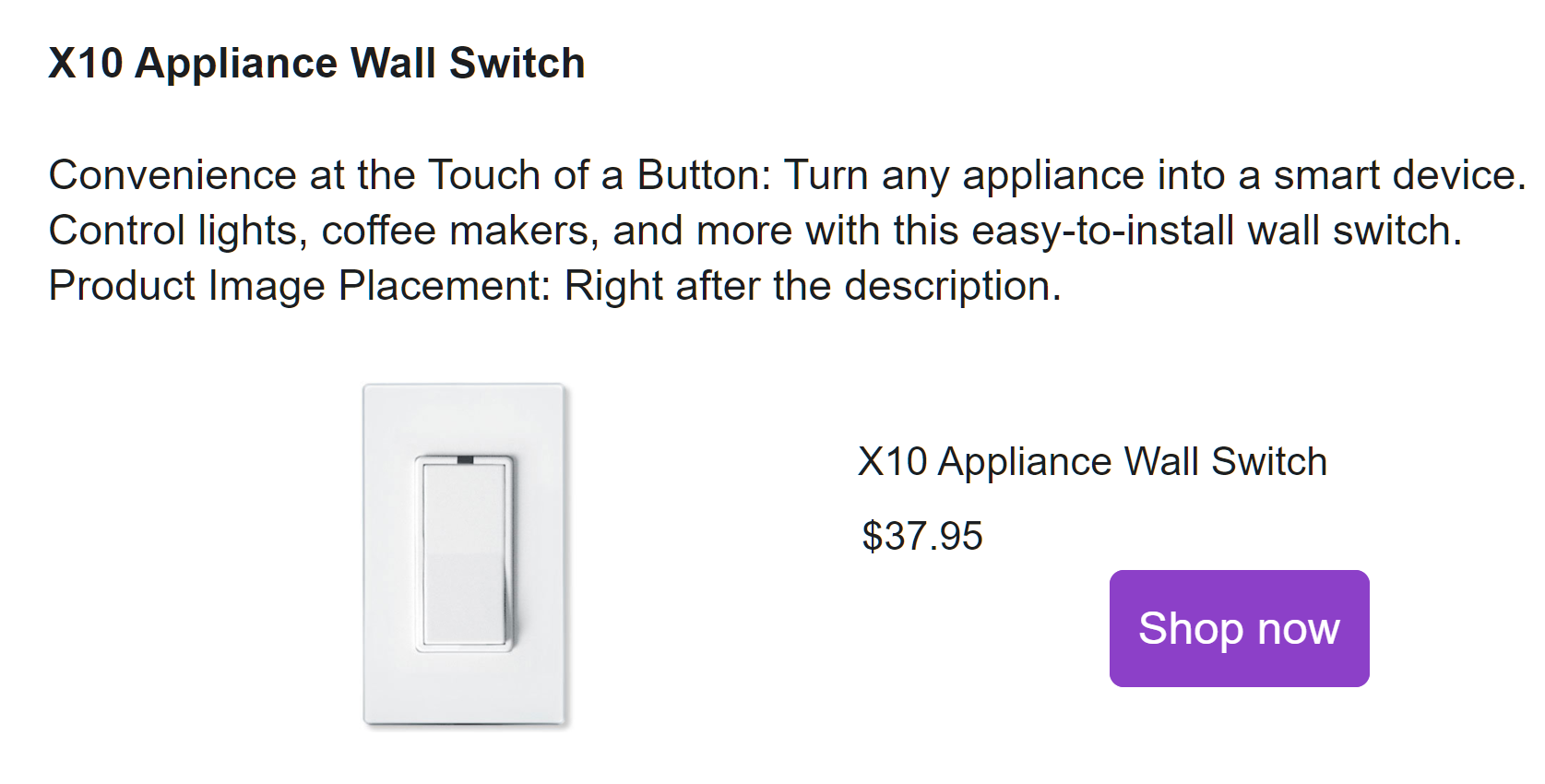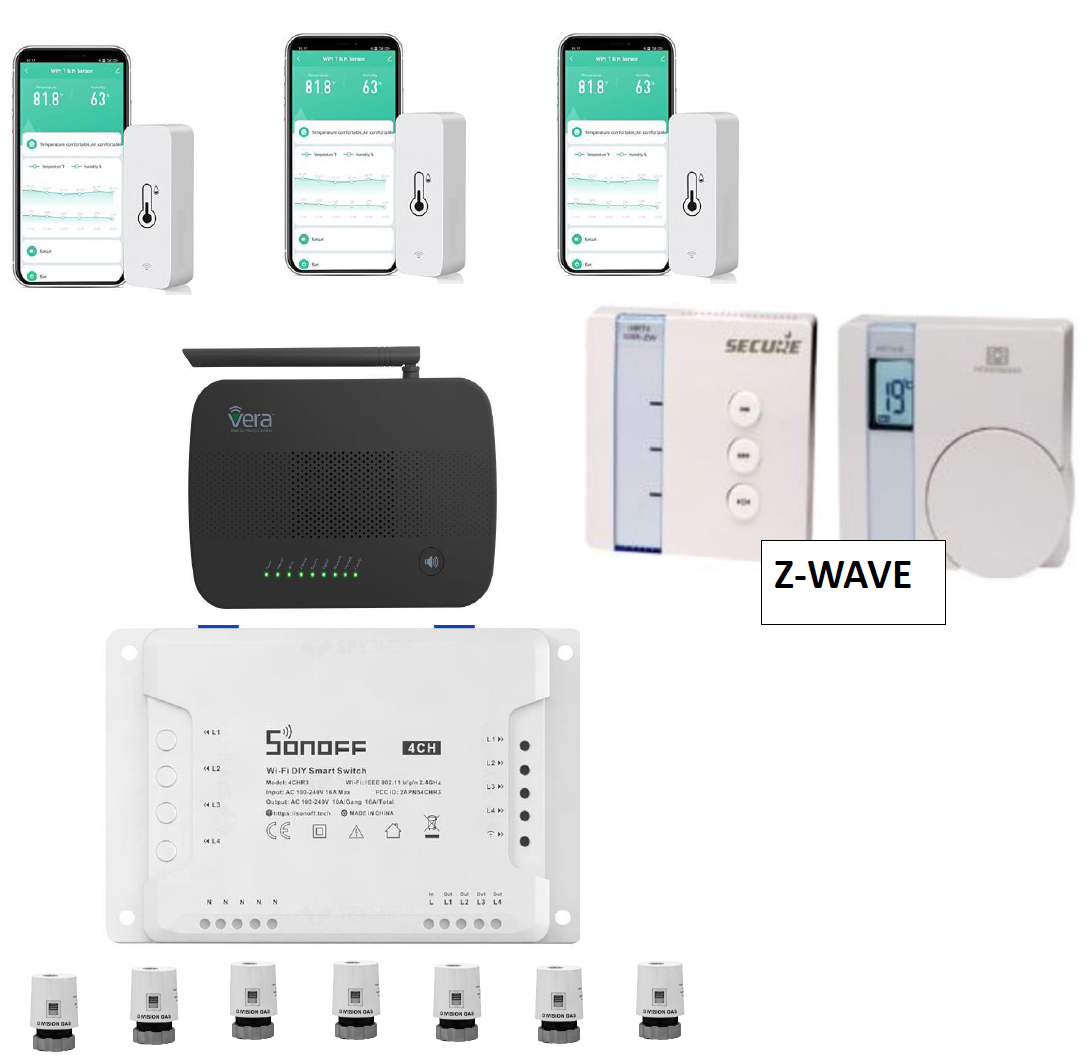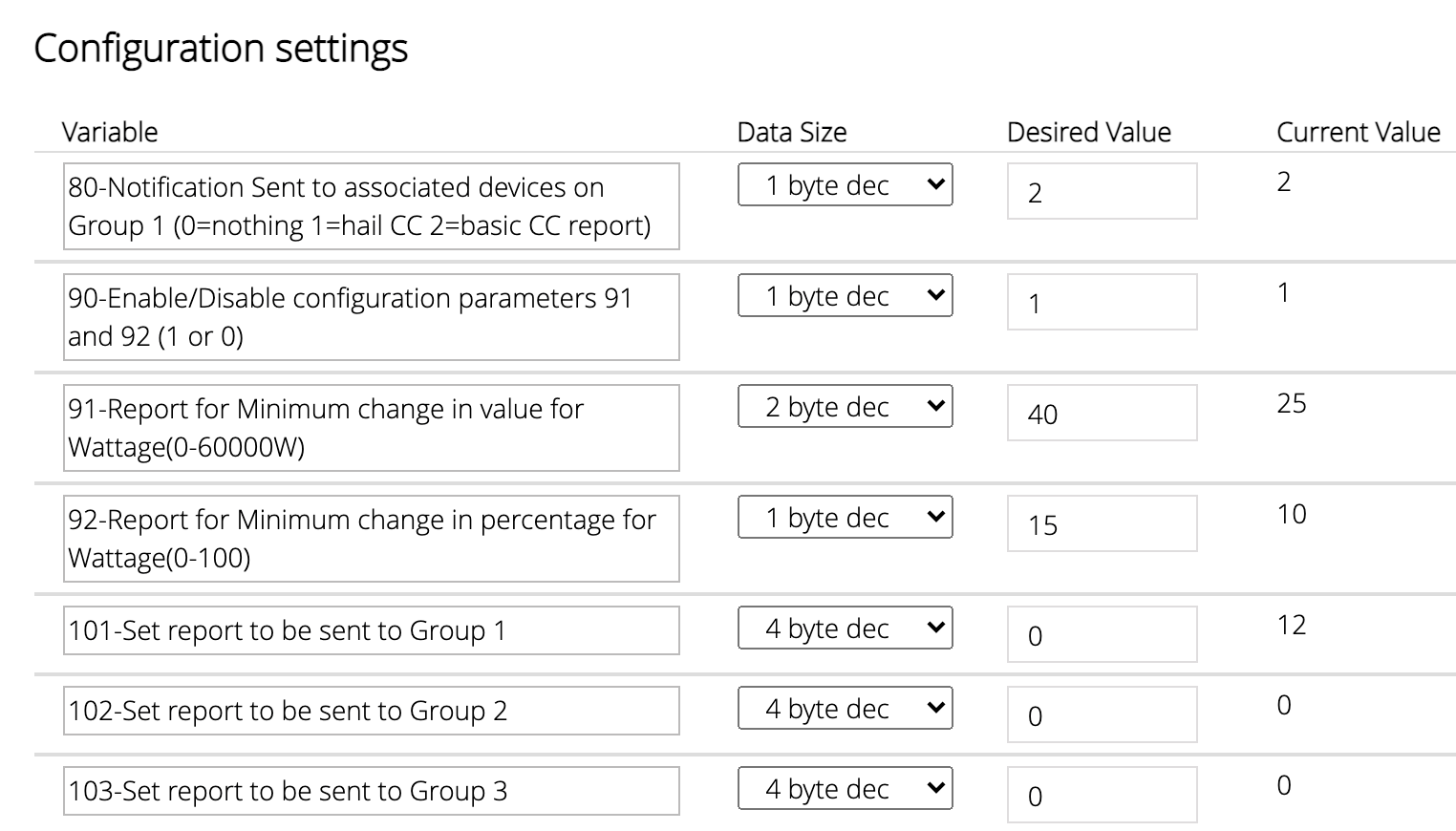Vera Alexa Plugin 7.32
-
I only have the .alexa.cookie.txt .alexa.login amd alexa_remote_control_plain.sh files too. I think the rest will populate when you get a successful login, which I havent been able to get. Have you tried inputting the OTP in too? From what I remember its very finicky to login this way.
-
CORRECTION: Based on other Forum suggestion, I finally found "Show hidden files" (under WinSCP > Options > Panels) and turned that on, so I now see .alexa.login in that directory.
Oh, this is agonizing. About to give up... but won't.
UPDATE: Immediately after attempting to execute one of the sample Lua commands from Readme, more (hidden!) files populated the /storage/alexa folder:
.alexa.cookie
.alexa.devicelist.all
.alexa.devicelist.json
.alexa.devicelist.txt
alexa_remote_control_plain.sh -
CORRECTION: Based on other Forum suggestion, I finally found "Show hidden files" (under WinSCP > Options > Panels) and turned that on, so I now see .alexa.login in that directory.
Oh, this is agonizing. About to give up... but won't.
UPDATE: Immediately after attempting to execute one of the sample Lua commands from Readme, more (hidden!) files populated the /storage/alexa folder:
.alexa.cookie
.alexa.devicelist.all
.alexa.devicelist.json
.alexa.devicelist.txt
alexa_remote_control_plain.sh -
No, I never even saw directions about finding such a cookie (there are still hundreds of thread replies for me to read though!), so I never tried.
It just appeared. Also, after inspecting the .TXT version of the DeviceList, I see that individual Echo devices' names are listed under 'accountName' so I can work from that.
Will help with constructing commands. LOL, I still don't expect this to work... feels very ungainly. (Certainly I could not instruct another human HOW to do all this!) -
No, I never even saw directions about finding such a cookie (there are still hundreds of thread replies for me to read though!), so I never tried.
It just appeared. Also, after inspecting the .TXT version of the DeviceList, I see that individual Echo devices' names are listed under 'accountName' so I can work from that.
Will help with constructing commands. LOL, I still don't expect this to work... feels very ungainly. (Certainly I could not instruct another human HOW to do all this!) -
@librasun heres the post if you need to grab the cookie https://community.getvera.com/t/alexa-tts-text-to-speech-and-more-plug-in-for-vera/211033/156
@pabla said in Vera Alexa Plugin 7.32:
@librasun heres the post if you need to grab the cookie https://community.getvera.com/t/alexa-tts-text-to-speech-and-more-plug-in-for-vera/211033/156
Thanks. I'd like to believe that somehow the correct .alexa.cookie file has already populated my Vera automagically, as noted above, so am loathe to (a) retry creating it, much less (b) installing Firefox just to experiment.
I appreciate you having located that URL for me, which hopefully will help others. IF it's still necessary (and if it IS, I'd love to think @therealdb could augment his "README" file with all that info??).
UPDATE: HOLY SMOKES, this finally worked (I had to establish the EXACT device name to use after -d; not all of them responded)....
luup.call_action("urn:bochicchio-com:serviceId:VeraAlexa1", "RunCommand", {Command="-e weather -d 'Living Room'"}, 344)Helped to watch Vera's LuaUPnP log all the while. Somewhere along the way, I definitely had to perform another hard refresh of the browser as well, to force a Luup enging restart after the .alexa.cookie file had been created. Ugh, so many steps!
-
@pabla said in Vera Alexa Plugin 7.32:
@librasun heres the post if you need to grab the cookie https://community.getvera.com/t/alexa-tts-text-to-speech-and-more-plug-in-for-vera/211033/156
Thanks. I'd like to believe that somehow the correct .alexa.cookie file has already populated my Vera automagically, as noted above, so am loathe to (a) retry creating it, much less (b) installing Firefox just to experiment.
I appreciate you having located that URL for me, which hopefully will help others. IF it's still necessary (and if it IS, I'd love to think @therealdb could augment his "README" file with all that info??).
UPDATE: HOLY SMOKES, this finally worked (I had to establish the EXACT device name to use after -d; not all of them responded)....
luup.call_action("urn:bochicchio-com:serviceId:VeraAlexa1", "RunCommand", {Command="-e weather -d 'Living Room'"}, 344)Helped to watch Vera's LuaUPnP log all the while. Somewhere along the way, I definitely had to perform another hard refresh of the browser as well, to force a Luup enging restart after the .alexa.cookie file had been created. Ugh, so many steps!
-
-
@librasun said in Vera Alexa Plugin 7.32:
@Pabla, I plan to attempt Announcements later today, as my 2nd experiment. Should be fun!
@CatmanV2 did you make sure to alter the devNum to match that of the "Alexa TTS" device on your Vera? (Ha, look at me, trying to give YOU directions, lol)
I'm always happy to learn but yes, I did do that

uup.call_action("urn:bochicchio-com:serviceId:VeraAlexa1", "RunCommand", {Command="-e weather -d 'Living_Room_dot'"}, 22)Total silence.
2021-03-23 21:51:41.439 luup_log:0: ALTUI: runLua(luup.call_action("urn:bochicchio-com:serviceId:VeraAlexa1", "RunCommand", {Command="-e weather -d 'Office'"}, 22)) 2021-03-23 21:51:41.439 luup.call_action:: 22.urn:bochicchio-com:serviceId:VeraAlexa1.RunCommand 2021-03-23 21:51:41.886 luup.variable_set:: 22.urn:bochicchio-com:serviceId:VeraAlexa1.LatestResponse was: sending cmd:weather to dev:Everywhere type:A3C9PE6TNYLTCH serial:de3b4a21ca844817bc180e826e636425 customerid:A1CVTZ... now: sending cmd:weather to dev:Office type:A32DOYMUN6DTXA serial:G090U50991550NLS customerid:A1CVTZEBJIUFJI #hooks:0 2021-03-23 21:51:41.886 luup_log:0: ALTUI: Evaluation of lua code returned: nilOdd
It also throws an 'unknown device' even if I give it a device I know is right, so I assume I'm screwing my syntax

C
-
Does it matter that I see you typed "uup" instead of "luup" at the beginning of your trial command?
-
If this helps you feel less alone, I get an "Sorry, I'm having trouble running the Simon Says command on your Echo" (or some such spoken error message) when I attempt:
luup.call_action("urn:bochicchio-com:serviceId:VeraAlexa1","Say", {Text='<voice name="Kendra"><lang xml:lang="en-US">Hello from Vera Alexa</lang></voice>', Volume=50, Repeat = 1}, 344)...lifted almost verbatim from DB's docs.
-
Can anybody help me modify this statement in such a way that the spoken volume is lowered to 10 (from the default of 50)?
luup.call_action("urn:bochicchio-com:serviceId:VeraAlexa1","RunCommand", {Command="-e speak:'Hello from Vera Alexa' -d 'Living Room' "}, 344)THANKS! The documentation I'm reading here and here leaves a lot to the imagination, I'm sorry to admit.
-
Can anybody help me modify this statement in such a way that the spoken volume is lowered to 10 (from the default of 50)?
luup.call_action("urn:bochicchio-com:serviceId:VeraAlexa1","RunCommand", {Command="-e speak:'Hello from Vera Alexa' -d 'Living Room' "}, 344)THANKS! The documentation I'm reading here and here leaves a lot to the imagination, I'm sorry to admit.
@librasun I am probably the least qualified person on this thread to answer this question but I will give it a try. Maybe confirm that your Living Room Alexa device isn't called Living Room Echo or something, cause that will be the name you'll have to use.
luup.call_action("urn:bochicchio-com:serviceId:VeraAlexa1", "Say", {Text="Hello from Vera Alexa", Volume=10, GroupZones="Living Room" }, 344) -
This still is hacky, because it's based on unsupported feature, but me and many others have it running since 3+ years. The point is to
- ensure you could get a cookie. If not, the best thing to do is to install on a pi or similar and use via oath tool and openluup
- use exact names for devices, because it's case sensitive
- avoid groups, unless you have announcements enabled
- avoid complex voices, unless you have announcements enabled
- try with debugmode set to 1 and looking at live logs
I'm always open to PRs for docs and a UI, if anyone wants to contribute. I've not invested so much into a proper UI because I still think it's not really necessary, but it doesn't mean that one of you could not step in and do it

-
If this helps you feel less alone, I get an "Sorry, I'm having trouble running the Simon Says command on your Echo" (or some such spoken error message) when I attempt:
luup.call_action("urn:bochicchio-com:serviceId:VeraAlexa1","Say", {Text='<voice name="Kendra"><lang xml:lang="en-US">Hello from Vera Alexa</lang></voice>', Volume=50, Repeat = 1}, 344)...lifted almost verbatim from DB's docs.
@librasun said in Vera Alexa Plugin 7.32:
If this helps you feel less alone, I get an "Sorry, I'm having trouble running the Simon Says command on your Echo" (or some such spoken error message) when I attempt:
luup.call_action("urn:bochicchio-com:serviceId:VeraAlexa1","Say", {Text='<voice name="Kendra"><lang xml:lang="en-US">Hello from Vera Alexa</lang></voice>', Volume=50, Repeat = 1}, 344)...lifted almost verbatim from DB's docs.
Does there not need to be an Echo device specified in there? Doesn't work for me either, yet.
C
-
@librasun said in Vera Alexa Plugin 7.32:
If this helps you feel less alone, I get an "Sorry, I'm having trouble running the Simon Says command on your Echo" (or some such spoken error message) when I attempt:
luup.call_action("urn:bochicchio-com:serviceId:VeraAlexa1","Say", {Text='<voice name="Kendra"><lang xml:lang="en-US">Hello from Vera Alexa</lang></voice>', Volume=50, Repeat = 1}, 344)...lifted almost verbatim from DB's docs.
Does there not need to be an Echo device specified in there? Doesn't work for me either, yet.
C



